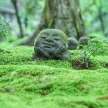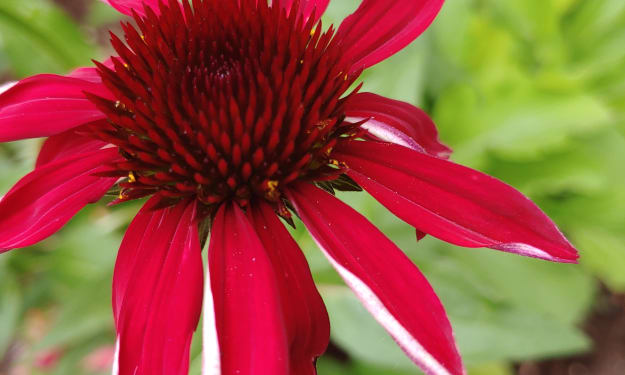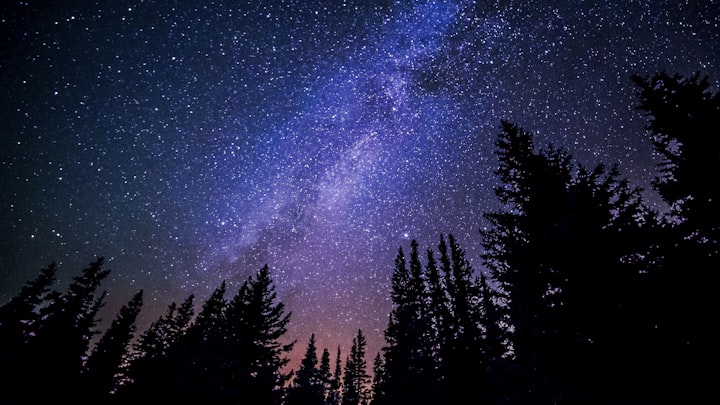Gender Identity, In Place.
Exploring what it might mean to live in a particular spot in the world.

A little while ago, I spent some time exploring the relationship I have with the earth around me and the relationship I have with myself. This is the result of some of that exploration.
The sound of the trees. The silence of the stars. The precious relationship I had with everything that grew, flowed and flew on and around that land. I miss my home so much. I grew up and spent the majority of my life connected to 16 acres in the Mohawk Valley approximately 26 miles Northeast of the Eugene/Springfield area.
There was a band of the Kalapuya Indians that was called the Mohawk, or the Mohawk Kalapuyans. The valley, and consequently the Native people there were renamed as such by the white colonizers who moved into that part of the world who brought the name with them from the Algonquin people on the east coast of the same name. Speaking of settler colonialism, how arrogant to not only move into native territory and say, “yeah, we’ll be living here now and you’re moving to a reservation,” but also “yeah, we don’t like your name, so here’s a new one.” The Mohawk Kalapuya were originally called Peyu. (Lewis, 2016)
Incidentally (or not so), I grew up and graduated from Mohawk High School in 1987. Let me save you the math, I’m 51. We were called the Mohawk Indians, and I never thought a thing of it. (We used to play Smear the Queer too, but that’s another story). In recent years, to my surprise, the red state leaning Mohawk Valley actually pulled it together and renamed both the grade school and the high school the Mustangs. That Indian name held from shortly after the turn of the century.
It actually surprised me to learn how little is actually known about this band of the Kalapuya. The Peyu were part of the Central Kalapuyans. They traded with the Chinookans to the North. And with the Coos people on the coast. Probably. (Lewis, 2016). None of the research I did was able to point to the Peyu attitudes or customs around the idea of genders and sexualities.
There is information about treaties that were signed and never ratified. There is information about the condition of the reservations people were placed in and how many died because of the conditions. There is information about Catholic Missionaries and Boarding School as the white folks tried to “tame the savages.” But nothing about the human beings themselves, the native people going through all this. Native histories tend to be oral ones, and it looks as though the history of the Peyu people themselves was never spoken, or perhaps the people who actually knew it passed away and never told the stories to anyone. The information I found was what could be found in White Historical (public) Record. Nothing personal at all. It was all the politics of conquest. The oral history of the Peyu people appears to have been erased.
What I do know is that for nearly 40 years I made the 16 acres I lived on my own personal indigenous land. I took it upon myself to know the plants that grew there and when. I became a bird watcher and fed them as well as lots of squirrels. I could have told you what month it was by where the sun rose and set each day. The voices of the trees as the wind blew became my teachers and my protectors. I made relations with those trees, the “one-leggeds” and I promised them that I would do my best to honor their existences. Some were cut, and I prayed for them, grateful for their sacrifices and hopeful for their relatives who would come after.
The thing that comes to mind as I write this: what would the genders or sexualities of the indigenous people that settled the Mohawk Valley have to do with me? Is there something inherent in the physical and spiritual history of the people on that land that would have such a tangible effect on me as to help create the actual trajectory of my life? I do believe that everything in life happens for a reason. I also believe in spirit. I believe that there are forces at work that continue to place me where I need to be to fulfill my destiny. It’s not random that I ended up living in Marcola.
This little bit of land taught me a lot of things. In the process of my personal development around sexuality and gender, I think what I learned the most is to trust. I came to know that no matter what happened, that I could trust what I found on that land. And I learned to treasure and count on the life of that land. I was excited to come home every day and look up at the stars and breathe deep and say “wow.” The trees, the flowers, the sun and the moon, I could count on those things. Surrounded by that safety, I created a spirituality for myself that put me in touch with the awe for what created the universe, and what created this place I still call my home. Trusting the land, I began to trust myself. It’s where I came out and where I lived so much of my life, I can’t possibly separate it from who I am.
Creator said to me, “Listen. You are gay, and you will eventually understand that, and the fact that you are also neither man nor woman. This is going to be a hard transition for you in many ways, and that if you continue to trust in the gifts I have given you here, you will be able to trust that you will be safe through all of it.” This is where I lived when I met the woman who became my wife. This is where I lived as an adult watching my parents age and start to go through the things that can bring. It’s the spot of land that means the most to me in my life and it would be impossible for me to speak of my life without also including the life of the land.
I’m sure it’s no coincidence that I’m writing this as the anniversary of my father’s death is approaching. That land meant a lot to him. We moved from Southern California in 1980. He tore it up-building, planting and creating for decades. As is native (and my) custom, I have been telling his story for almost a year, and I tell his story again as his first death anniversary approaches. As I close this writing, I’m hoping I can find a way to learn more and tell some stories of this land and its original people as well.
Sources Cited
Lewis, D. G. (Ed.). (2020, October 01). Kalapuya: Native Americans of the Willamette Valley, Oregon: Home. Retrieved October 07, 2020, from https://libraryguides.lanecc.edu/kalapuya






Comments
There are no comments for this story
Be the first to respond and start the conversation.